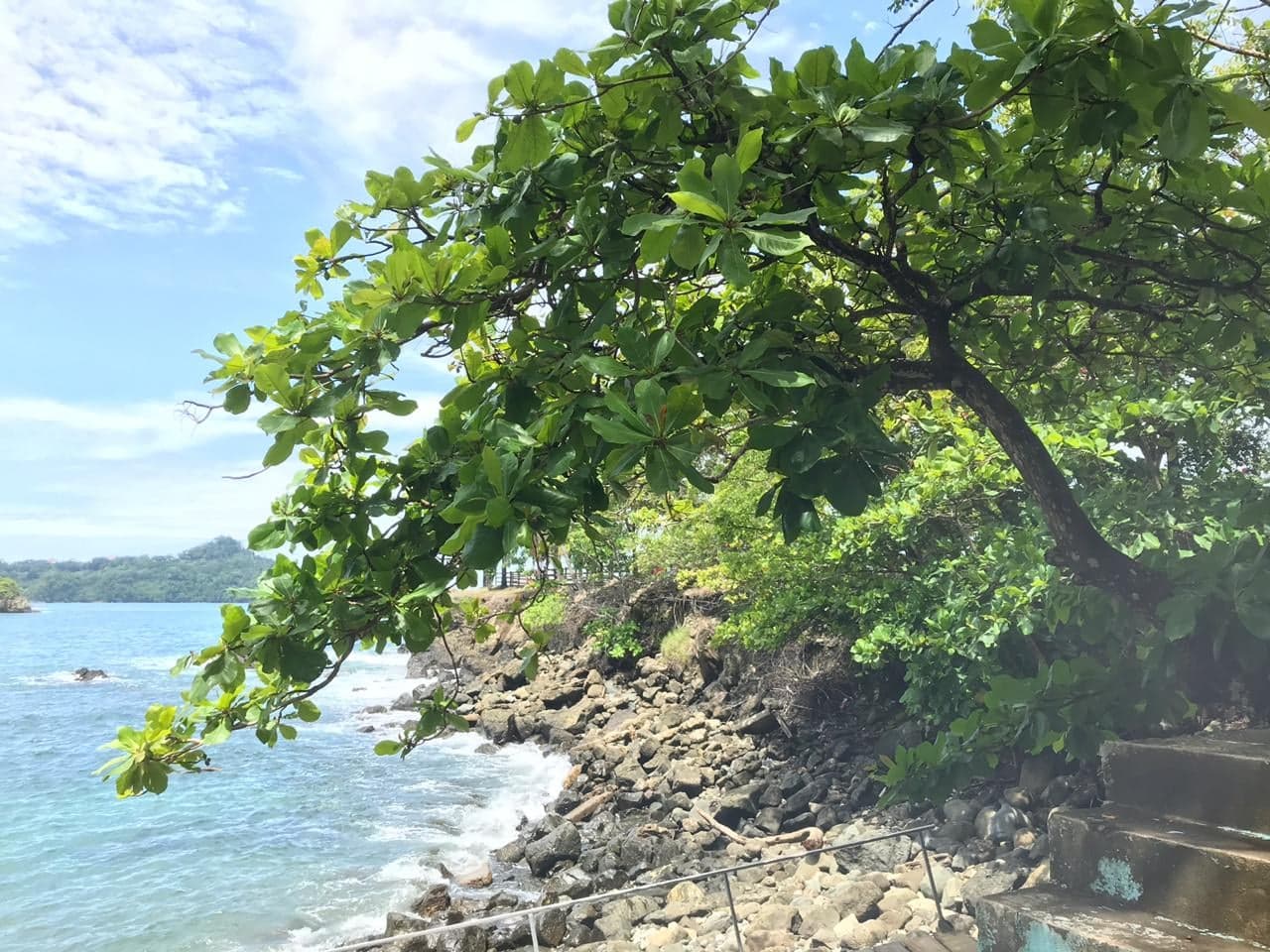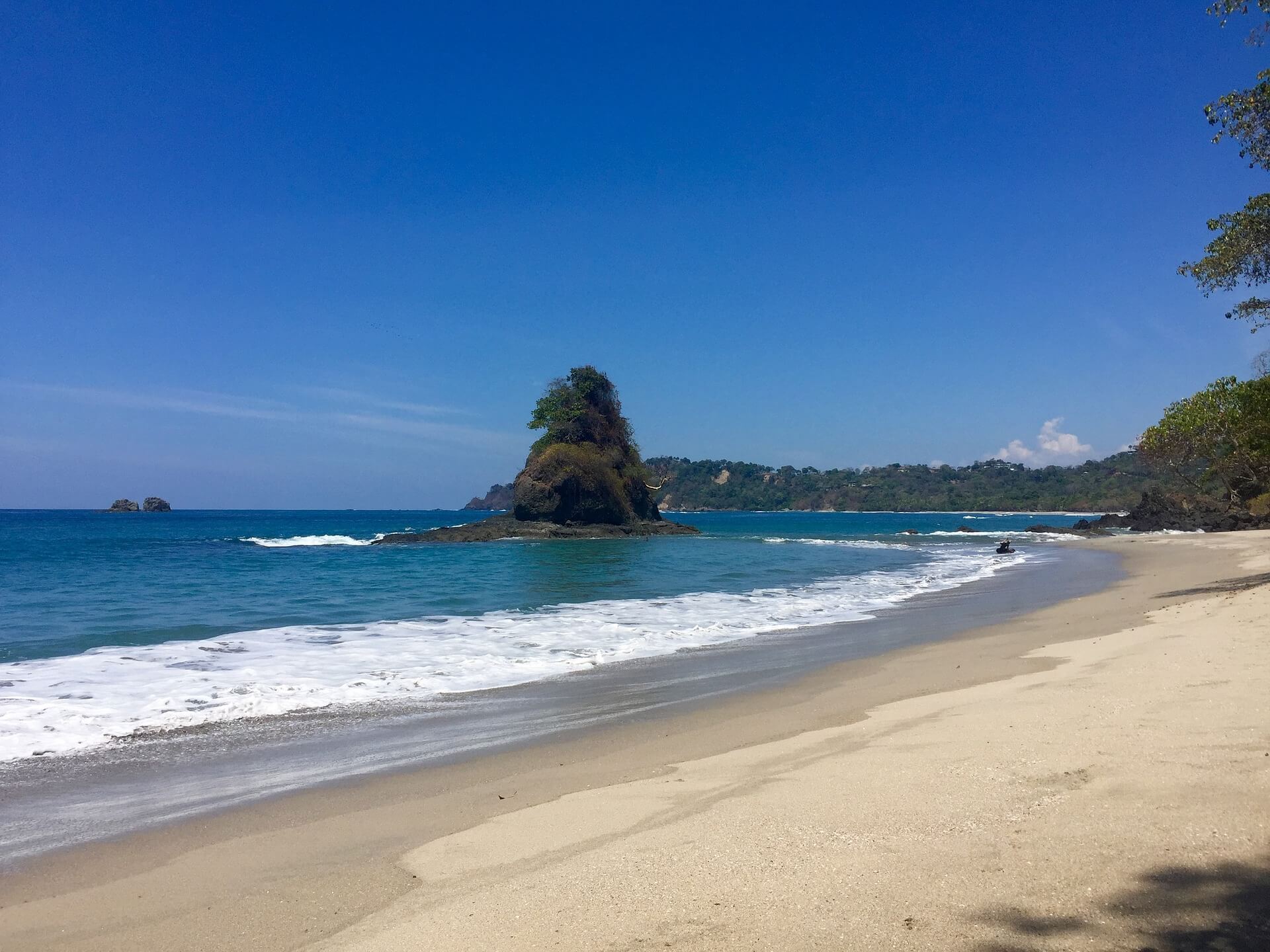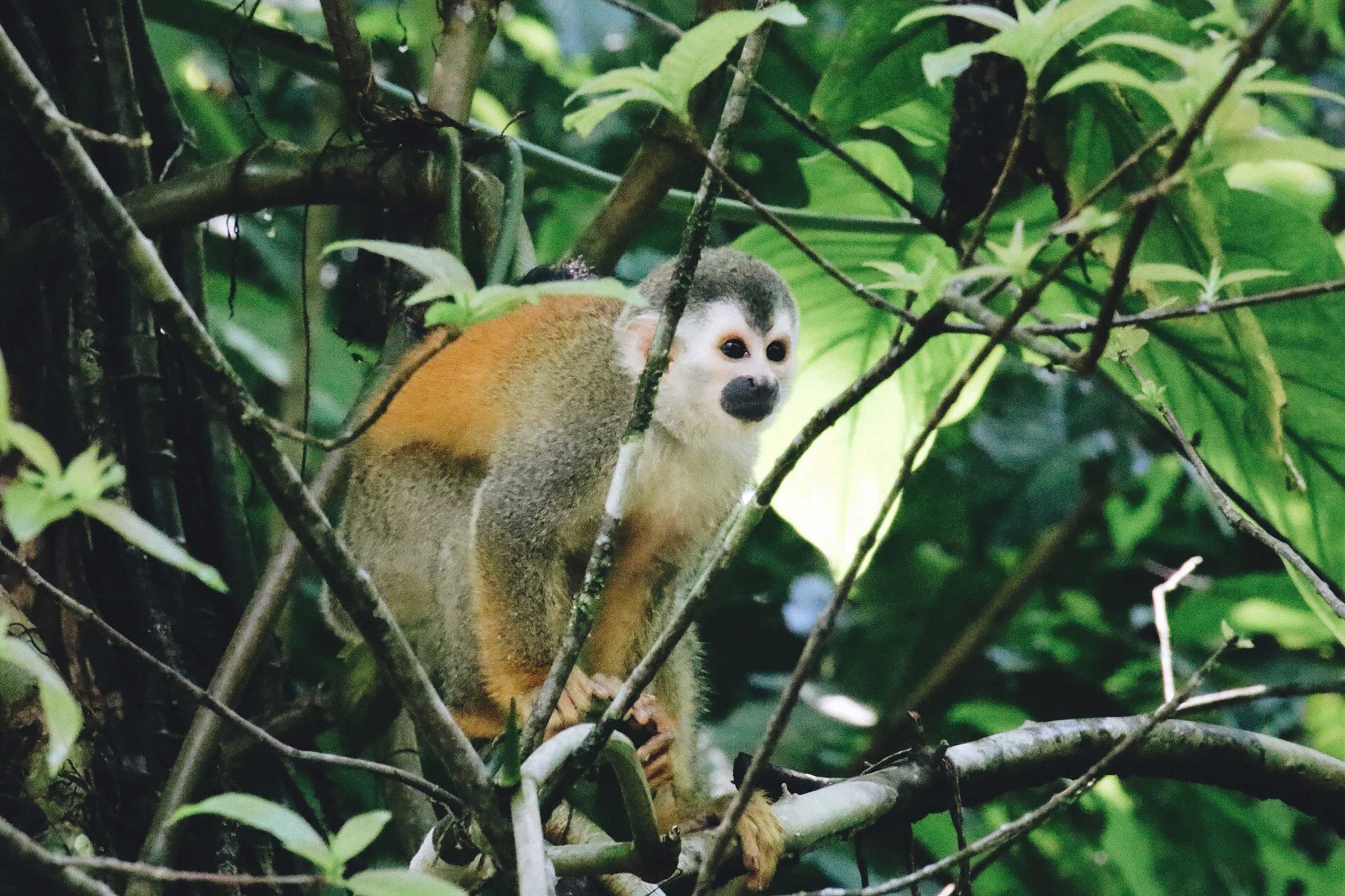It remains one of the favorite destinations for domestic and foreign tourists, for your weekend or vacation trip. The Manuel Antonio National Park received more than 465,000 visitors in 2017, reaching an income of 5,000 million colones, an essential complex for the tourist industry of Costa
Rica.
From now on, the park will conquer more adventurers and nature lovers, with the opening of its new elevated road El Manglar, whose opening was made on February 26, by the authorities of the National System of Conservation Areas ( SINAC). Mario Coto Hidalgo, Executive Director of SINAC, stressed that this is one of the most important investments in the Manuel Antonio National Park of more than 790 million colones. Works that go from the entrance of the Park with a door that motivates the public to visit it, in the surrounding beach and in the interior of the tourist complex, all this linked to the good management of the natural resources of potable water and clean energies. “From the doors, through the waiting area under roof with capacity for up to 100 people, with all the necessary information to live this experience safely and with a brief explanation of the natural beauties that inhabit this ecosystem”. Coto said.
The elevated trail, El Manglar over 800 meters away, recreates a charming and seductive experience that takes us directly to Playa Espadilla. Visitors will enjoy their trip at a pace that allows them to create an intimate relationship with the environment. The road was built in concrete, raised on the ground, 2.4 meters wide.
Passing through 10 bays in total properly labeled, and walking only a short trip at the end on the sand. In each bay, there is additional information about the flora and fauna that will be found in the forest in Spanish, English, and even Braille, because this is a universal path, for all people with
disabilities, which complies with Law 7600 of the Ministry of Health from Costa Rica.
Each bay has its resting benches to appreciate the surroundings in a more tranquil way, which allows stops and trips to the taste of each visitor. Along the way, you will find new ecosystems that could not be seen before, such as the mangrove area and the palm forest.
Here there are many traveling companions, from Carablanca monkeys, deer, mountain pigs, sea birds, and a large number of species that will be part of this experience. During the tour you will go through a vertical tower, you will write a viewpoint, where you can climb and appreciate the lagoon that has the park, as well as observe with a panoramic view all its ecosystem.
The level of difficulty of the route is low, so it is very welcomed by older adults and people with disabilities.
After touring it, you will come across the surprise of arriving at a paradise, Playa Espadilla, where you can bathe and rest from the natural and scenic beauty that this destination offers.
Another of the improvements was the potable water system, which includes a new power plant to ensure the storage and distribution of water in the best way.
The construction of this trail began in July 2017, and in less than a year can already be enjoyed, from the time of Tuesday to Sunday from 7 am to 4 pm. The cost of admission is $16 for foreigners and 1600 colones for nationals.
According to Fernando Bermudez Acuña, Director of the Conversation Area of the Central Pacific, 60% of the income is international and 40% is national.
The US market continues to be the priority, followed by Canada and the increase in the European, from France, Germany, London, Paris; thanks to the new airlines that are flying from Europe. There is also an interesting increase in visitors from South America.” Said Bermudez.





